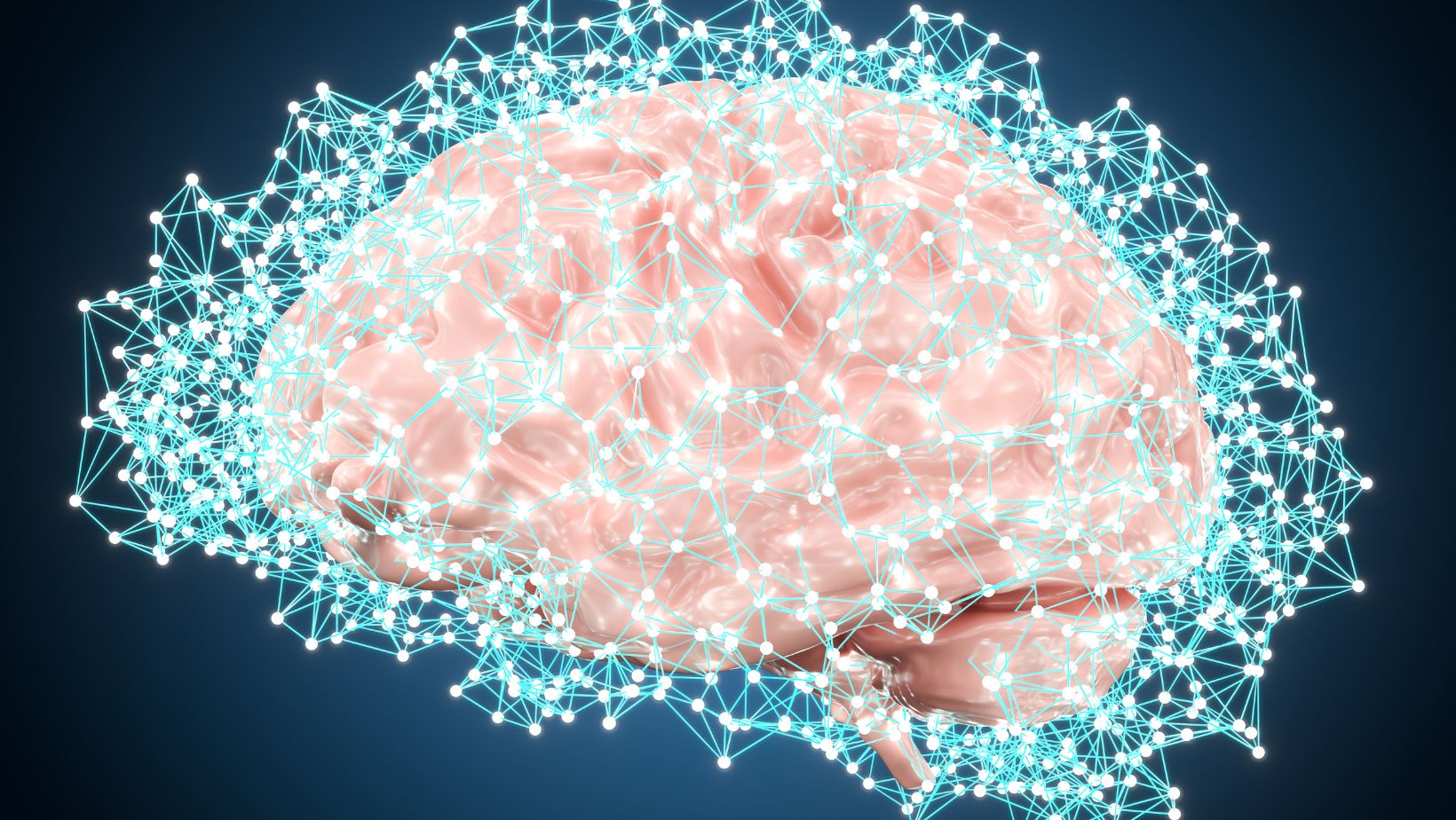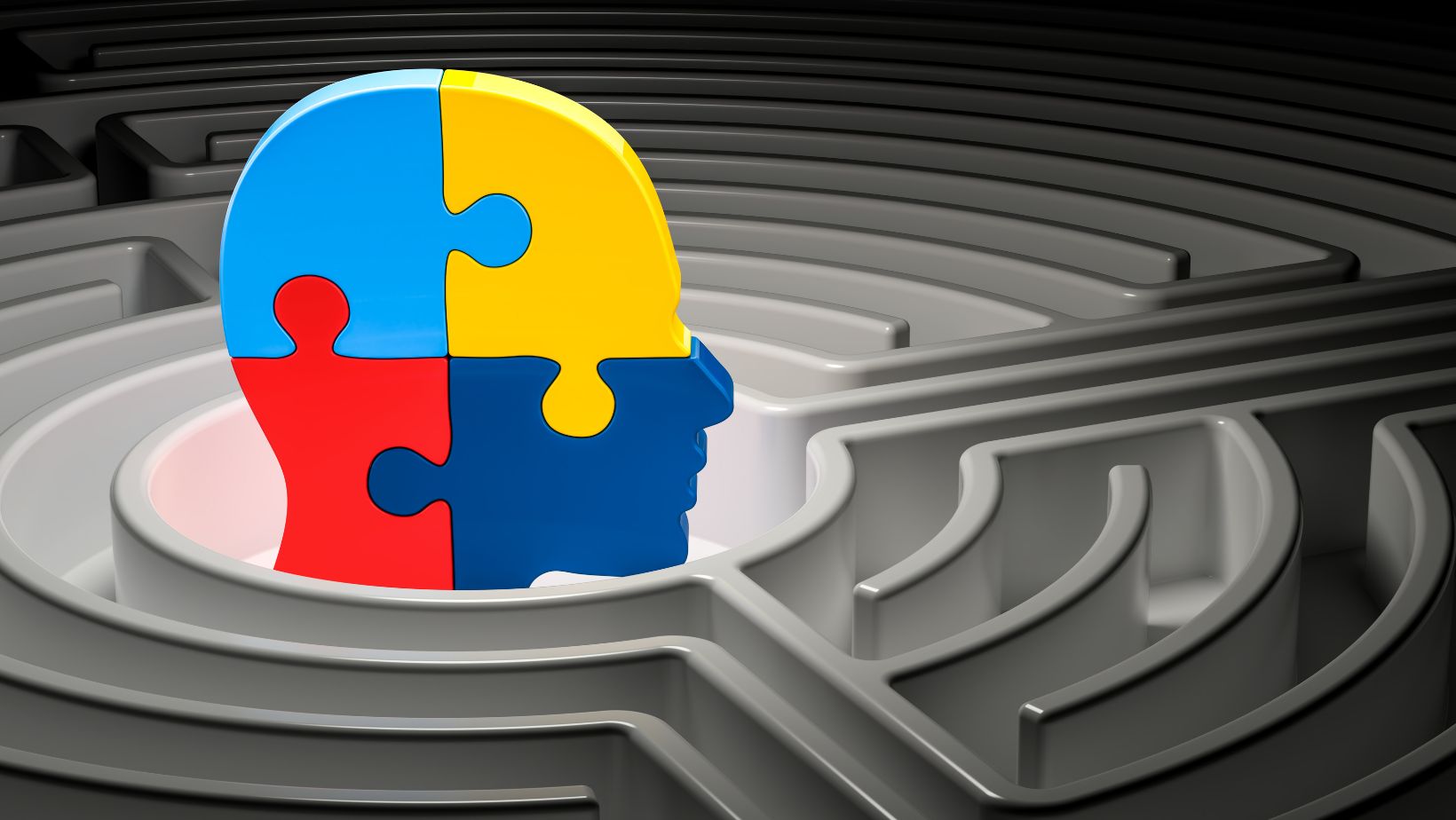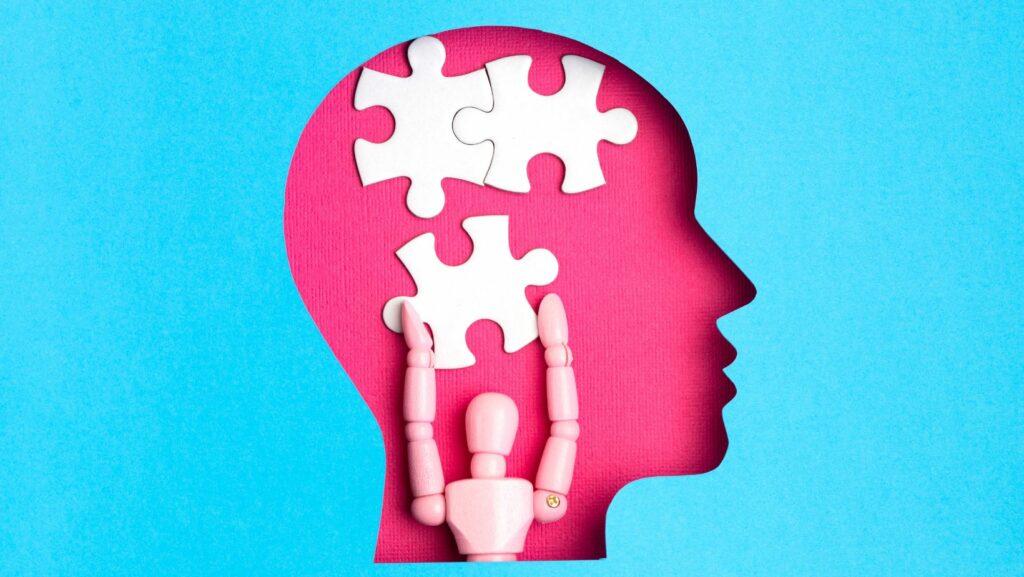Availability Heuristic and Anchoring Effect
Cognitive biases and mental shortcuts significantly shape decision-making processes regarding potential romantic partners. A 2023 study published in the Journal of Social and Personal Relationships reported that 78% of online daters experienced at least one cognitive bias influencing their swiping and messaging behaviors. One prevalent bias is the availability heuristic, which leads individuals to overestimate the likelihood of finding a match based on easily recalled examples. Dr. Sarah Chen, a psychologist specializing in relationships, elucidates: “If someone has several friends who met their partners on dating apps, they’re more likely to believe it will work for them too, even if the overall success rates are low.”
The anchoring effect also impacts judgments about potential matches. A 2024 experiment by researchers at Stanford University involved participants rating the attractiveness of dating profiles before and after viewing a highly attractive “anchor” profile. Ratings for subsequent profiles dropped by an average of 20% after seeing the anchor, showing how initial impressions can skew subsequent assessments.
Confirmation Bias and the Sunk Cost Fallacy
Confirmation bias leads daters to seek out information that aligns with their preexisting beliefs about a match. A survey of 1,000 Tinder users found that 62% admitted to ignoring or downplaying information contradicting their initial positive impression of someone.

This tendency contributes to overlooking red flags or incompatibilities in potential partners.
The sunk cost fallacy affects decisions about continuing or ending relationships. A longitudinal study tracking 300 couples over five years discovered that those who had invested more time and resources were 35% less likely to break up, even when they reported low satisfaction levels.
Optimism bias is another cognitive shortcut in dating. A 2023 Pew Research poll revealed that 73% of single adults believed they would find their ideal partner within the next year, although only 12% entered long-term relationships in that period. This bias leads to an overestimation of relationship success probabilities.
Halo Effect, Scarcity Heuristic, and Frame Effects
The halo effect results in people attributing positive qualities to someone based on one appealing trait. Speed dating research found that participants rated dates as having superior personalities when they found them physically attractive, despite minimal interaction.
The scarcity heuristic plays a role in how people value potential partners, particularly when these individuals seem rare or hard to obtain. Dating apps exploit this by limiting the number of likes or matches users can make daily. One popular app reported a 30% increase in user engagement after implementing these artificial scarcity tactics. Scarcity, however, does not necessarily bring happiness or compatibility. Many believe finding rich guys or extremely attractive women is what they want in a relationship, but a lack of personality compatibility will doom things from the start.
Framing effects alter perceptions based on how information is presented. An experiment with identical dating profiles framed differently (e.g., “enjoys quiet nights in” vs. “doesn’t like going out much”) resulted in a 40% difference in interest levels among participants. The presentation of traits significantly influences attraction.
Bandwagon Effect, Cognitive Dissonance, and Peak-End Rule
The bandwagon effect drives dating decisions, especially on platforms with visible metrics. Profiles with higher match counts or more social media followers typically receive more interest, creating a snowball effect.

This phenomenon has led to the rise of services that artificially inflate these numbers for paying clients.
Cognitive dissonance also affects how people rationalize their dating choices. A study of 500 online daters observed that 68% altered their stated preferences or dealbreakers after matching with someone who did not meet their initial criteria, allowing them to maintain consistency between their attitudes and actions.
The peak-end rule influences memories and evaluations of past relationships. Researchers found that the intensity of emotions at the peak of the relationship and at its end were better predictors of whether someone would want to reunite with an ex than the overall quality of the relationship. This rule demonstrates how particular moments disproportionately impact overall judgments.
Understanding these biases and heuristics is vital for individuals and those helping others in their dating endeavors. Dating coaches and therapists are now incorporating “debiasing” techniques into their practices. Methods like considering the opposite, using decision matrices, and soliciting outside perspectives aim to mitigate the impact of cognitive shortcuts.


